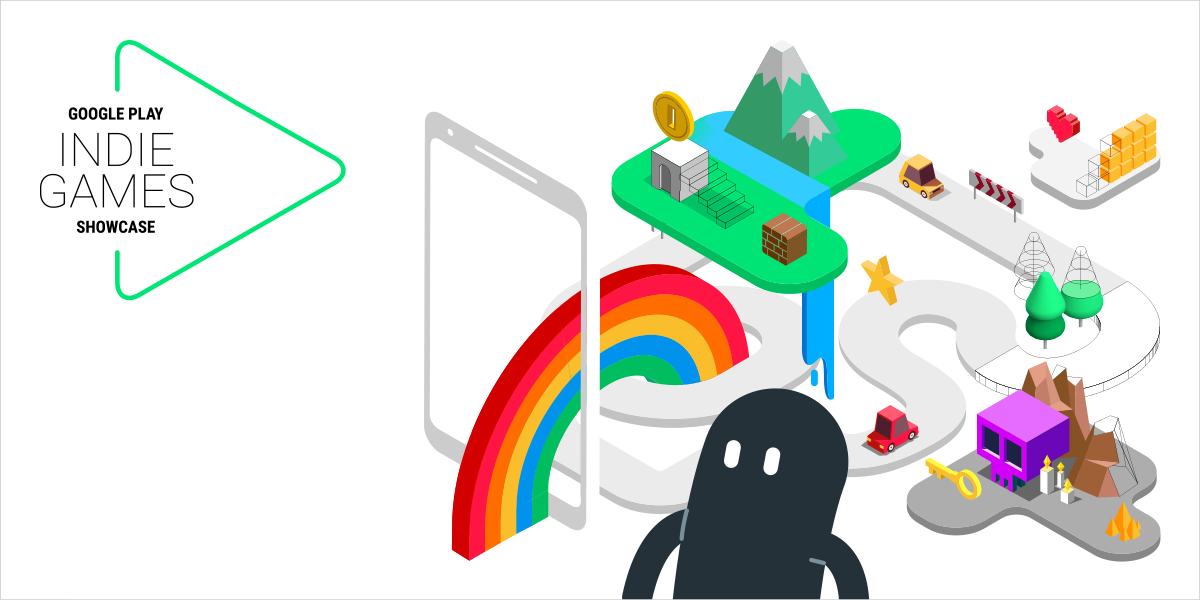Ever wonder what it’s like to be a CSSIer? Meet Jonathan James Mshelia, Tarik Brown, and Kaycee Tate — three CSSI students from this past summer here to share their CSSI experiences and give any CSSI/Generation Google applicant (we’re lookin’ at you!) a better idea of what’s to come.
What motivated you to apply to CSSI?
Kaycee: I knew that I wanted to expand my mind as much as possible before getting to college so that I was prepared — not only in actual programming and coding skills, but also in the ability to think creatively and share my perspective in innovative ways. I definitely believe that the CSSI experience gave me a chance to do that.
Tarik: From as early as I can remember, I was always interested in how things worked. This inclination to enjoy knowing the inner workings of everything that I worked with steered me into the direction of the tech world and introduced me to Computer Science.
Jonathan: My passion for computers and my attitude towards learning were the driving forces behind my choice to join the Google CSSI program. Before CSSI, I only tried to learn the syntax of a programming language and I did not necessarily know how to apply what I learned to make anything, but during the CSSI program I put these programming languages into proper use and I began to see it differently.
What do you wish you’d known before you arrived at Google for CSSI?
Tarik: A valuable lesson that I learned from Google’s Computer Science Summer Institute was that I am much more capable than I give myself credit for. Imposter Syndrome is real and it affects many, I wish I had known that there was no reason to doubt myself and CSSI definitely gave me a more positive outlook upon my ability and self worth.
Jonathan: Upon getting started at Google CSSI I had some experience with a few front end technologies and that gave me the ability to learn more and improve my skills. The learning experience was fun so I never thought about wishing I knew more than I already knew.
Kaycee: Before going to CSSI, I wish I had truly understood that it didn’t matter how much you knew about computer science and programming prior to the experience. Of course the FAQs and application mentioned that, but truly processing that and just hearing it are two different things.
Can you tell us how the CSSI experience has impacted you?
Jonathan: The CSSI experience opened my eyes to the possibilities technology has to offer. I now understand the internal workings of the web — how the front-end and back-end worked hand in hand to give a fully functioning website. This helped me at college because I was able to accomplish more in terms of applying my knowledge to school work.
Kaycee: CSSI isn’t just about computer science — I feel like CSSI promotes the idea that to be good in anything you do, you first have to know yourself, what you’re striving for, and what you want to get out of every experience you are able to partake in.
Tarik: The knowledge I gained from CSSI was truly invaluable. We delved into the world of web development and received instruction on front-end and back-end web development. We ran the gauntlet when it came to learning multiple programming languages as we learned HTML/CSS, JavaScript and Python — all essential tools in web development. Also, we learned how to utilize the Google Cloud Engine which is actually used to run well known applications such as Snapchat. With this we were able to create our own web application from scratch and it was truly an amazing experience. Not only did I gain a wealth of technical skills, I also acquired essential soft skills that involved collaboration in small teams and being able to explain my work to others. We learned how to tactfully use version control with Github and focused on team based work. In the end, we presented our projects to the entire office of Google Software Engineers.
















